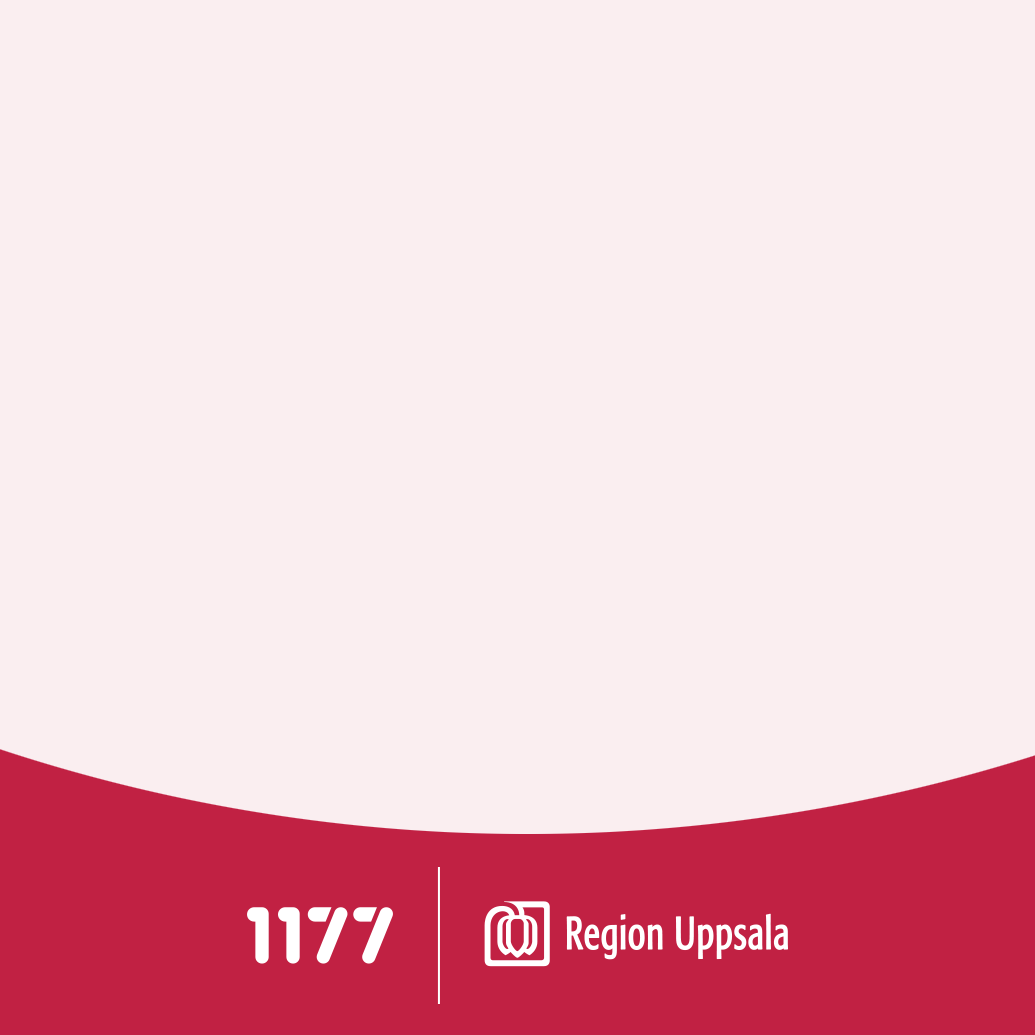Dreams of my Feather
nbsp;A few years ago, I wandered into a small store in Paris which sold Iranian pottery. Rainbows of chubby, painted fish swam across the flat tiles and around the insides of every bowl. “They’re made in the desert,” the shop-keeper said. I looked down at the round, glazed tile I’d picked out, then back at the shop-keeper, who anticipated my puzzlement. He explained that the artists weren’t painting their actual surroundings, but instead their wishful dreams: oceans of flowing, fish-filled water.
At first all the small-talk in Sweden about ‘the weather’ seemed no more than that. Being from Canada, I felt myself equally well-versed in this inexhaustible well of conversation. And I noticed, of course, that many Swedes couldn’t get enough of winter; they gave up wearing long-johns reluctantly and pined for the crisp air and dry squeak of snow underfoot. But after a few winters, I also detected a strained optimism about the season in others, manifest in certain ‘truths’ repeated again and again—from the assertions of ‘coziness’ brought on by the flickering of IKEA tea-lights, to the reoccurring affirmation that the season had ‘vänt’ after the Winter Solstice—signaling that the days would begin to get longer. And the phase I’ve heard echoing in every hallway and home is the one about each new snowfall “brightening up the winter.” Like most clichés, it is true; but the frequency and speed with which it’s inserted into conversations veering dangerously into expressions of winter-boredom points, I think, to another more obscure concern: how to make the dark less dark.
Which would seem to explain the national preoccupation with sunshine. Even—perhaps especially—in winter. For all their det-finns-inget-dåligt-väder-bara-dåliga-kläder stoicism, Swedes crave the feeling of sun on their bare-skin more than any people I’ve met. In winter, Swedes flock to the Kanarieöarna—or, failing this, the local ‘Solarieöarna’— for some mid-winter rays. On the first warm day of spring, the queues at the ice-cream stands curl out and around the block. By late May, all patches of grass, including the lawns at the entrance to the cemetery, become sun-bathing sites for undergrads in bikinis and surf-shorts. There can’t be many other countries where during summer every meal consumed inside while the sun is shining is considered a missed picnic-opportunity—or where whole small-town centres close down between ‘the blossoming of the cherry trees and the lilacs bushes.’ Or, for that matter, where the weather prognosis for a long-weekend in late June is front-page news.
And so what appeared to be a whimsical obsession with sunlight the first year or two, began to make sense come winter number three. Swedes don’t simply enjoy the sunlight, they need the sunlight. They’re charging their batteries for the shortest days of winter, when the sun lethargically drags its belly across the horizon—often behind a protective layer of clouds, peaking out only briefly when one steps out to visit the toilet.
But now it’s just about time for the Vernal Equinox. The actual Equilux here (the day of equal dark and light) will be March 18th, after which the ‘days’ expand until Midsummer. And already people have begun to set out, and store-fronts to display, these dry twigs topped with bright feathers—carrying with them the collective dreams of spring’s flowering trees.















